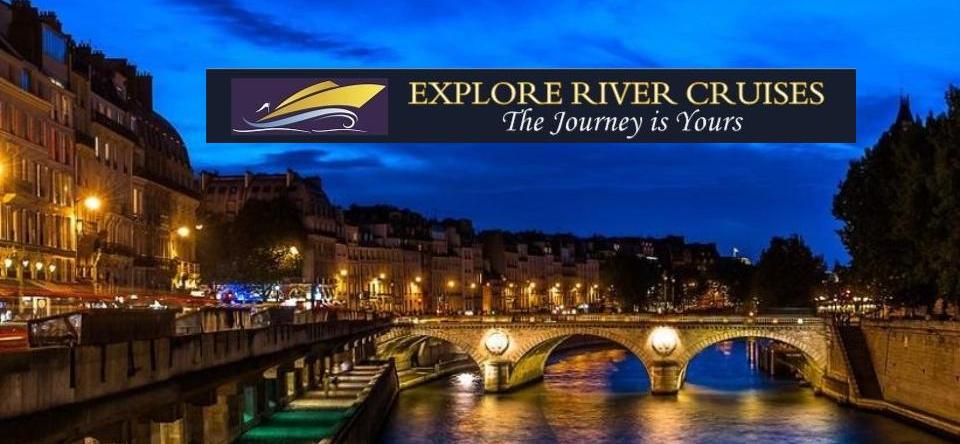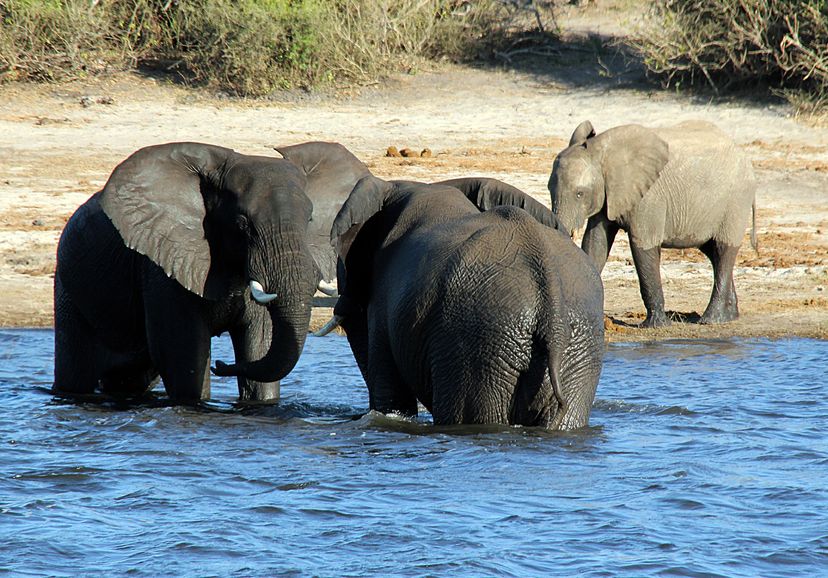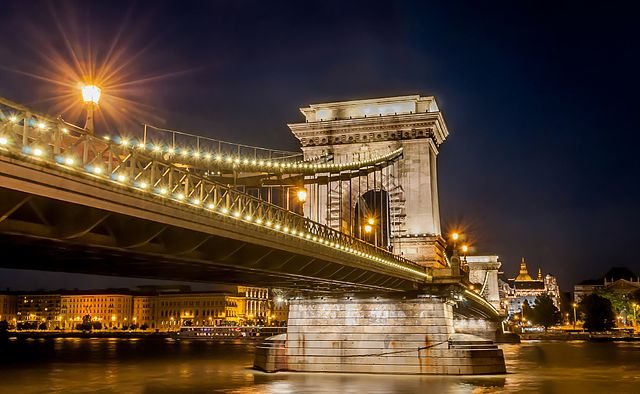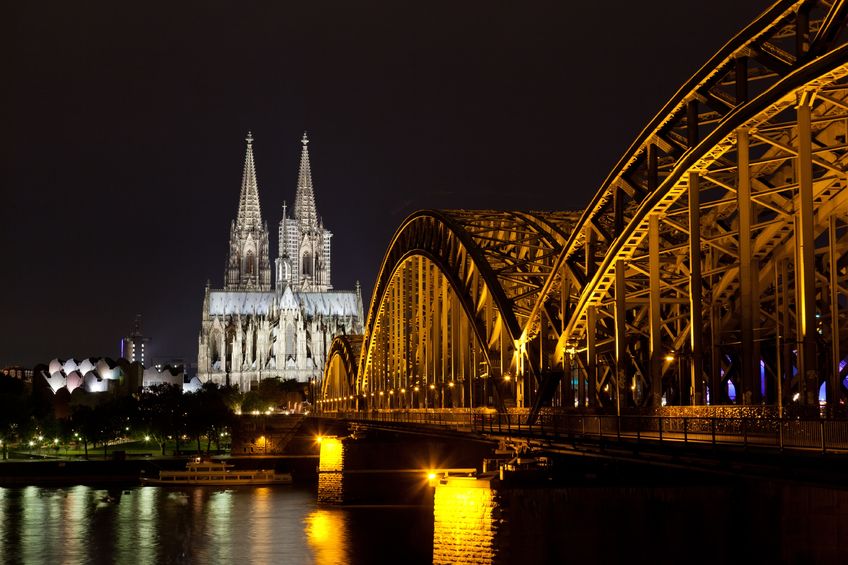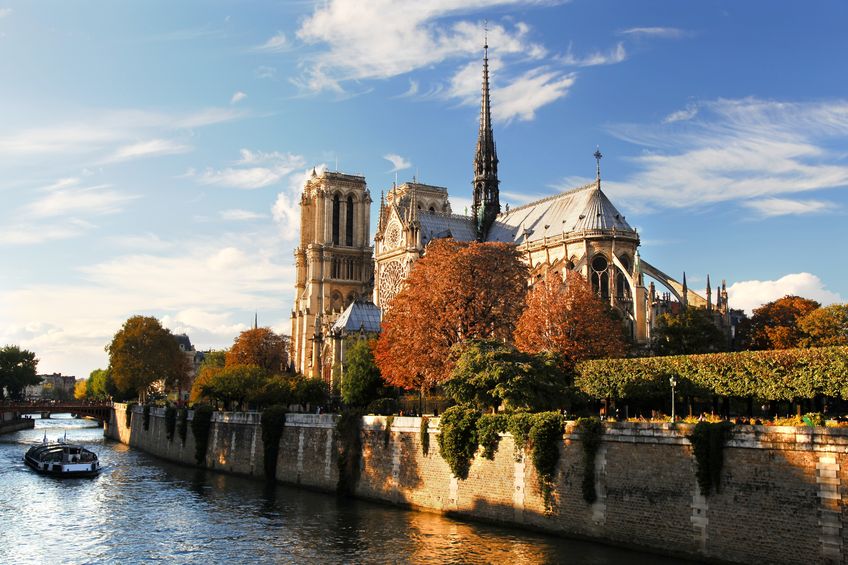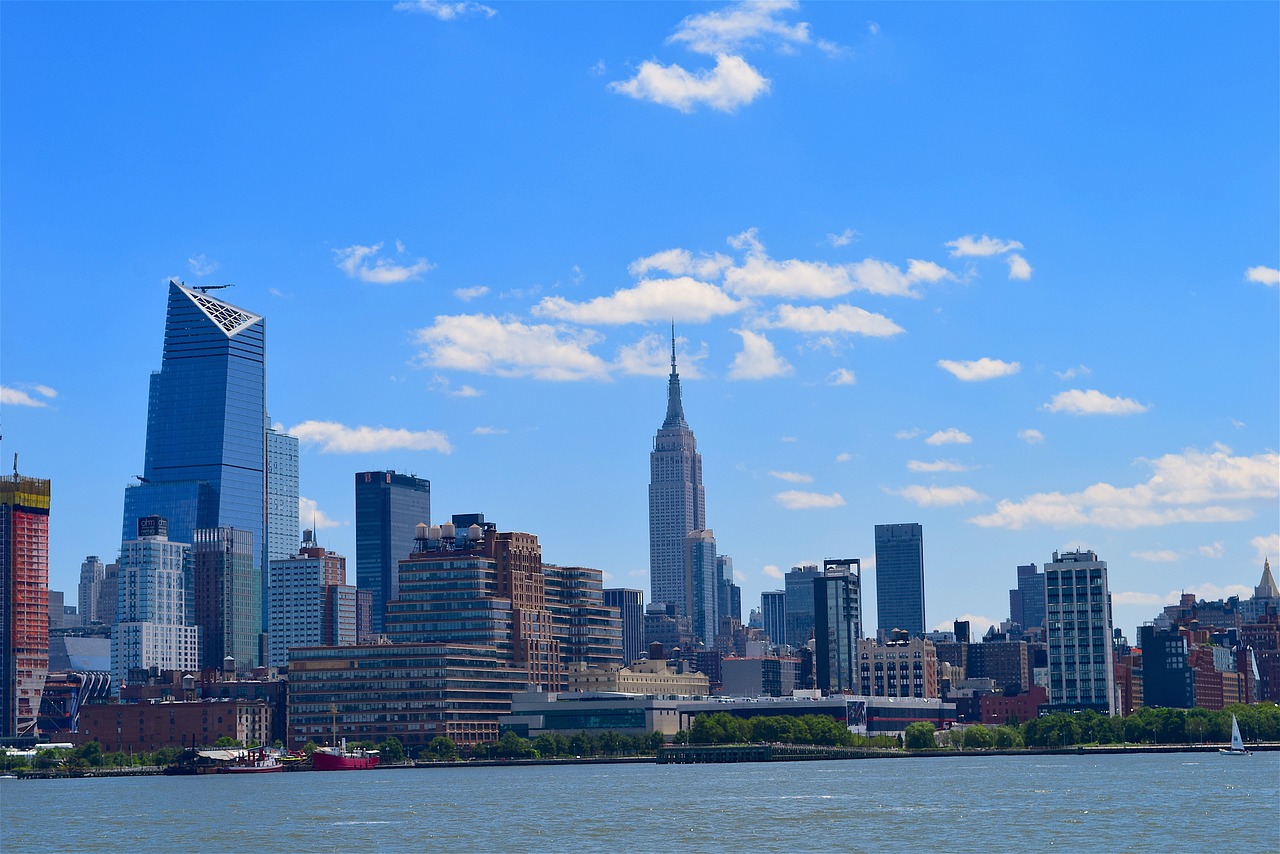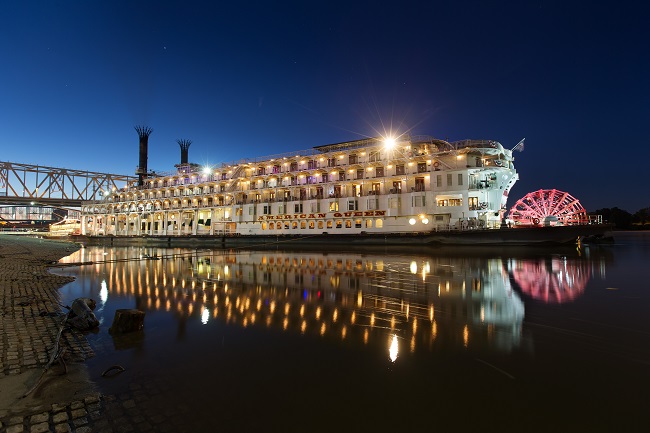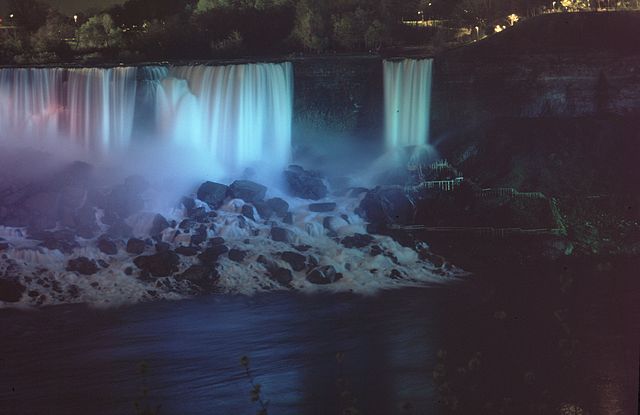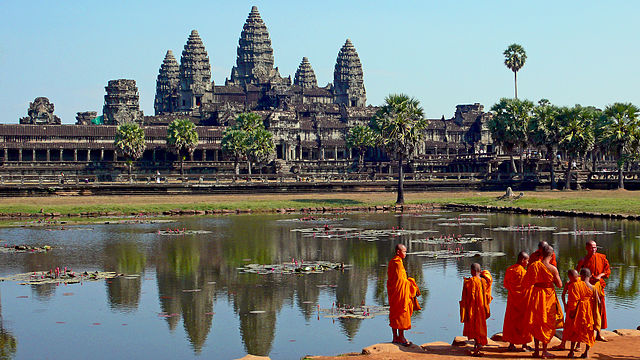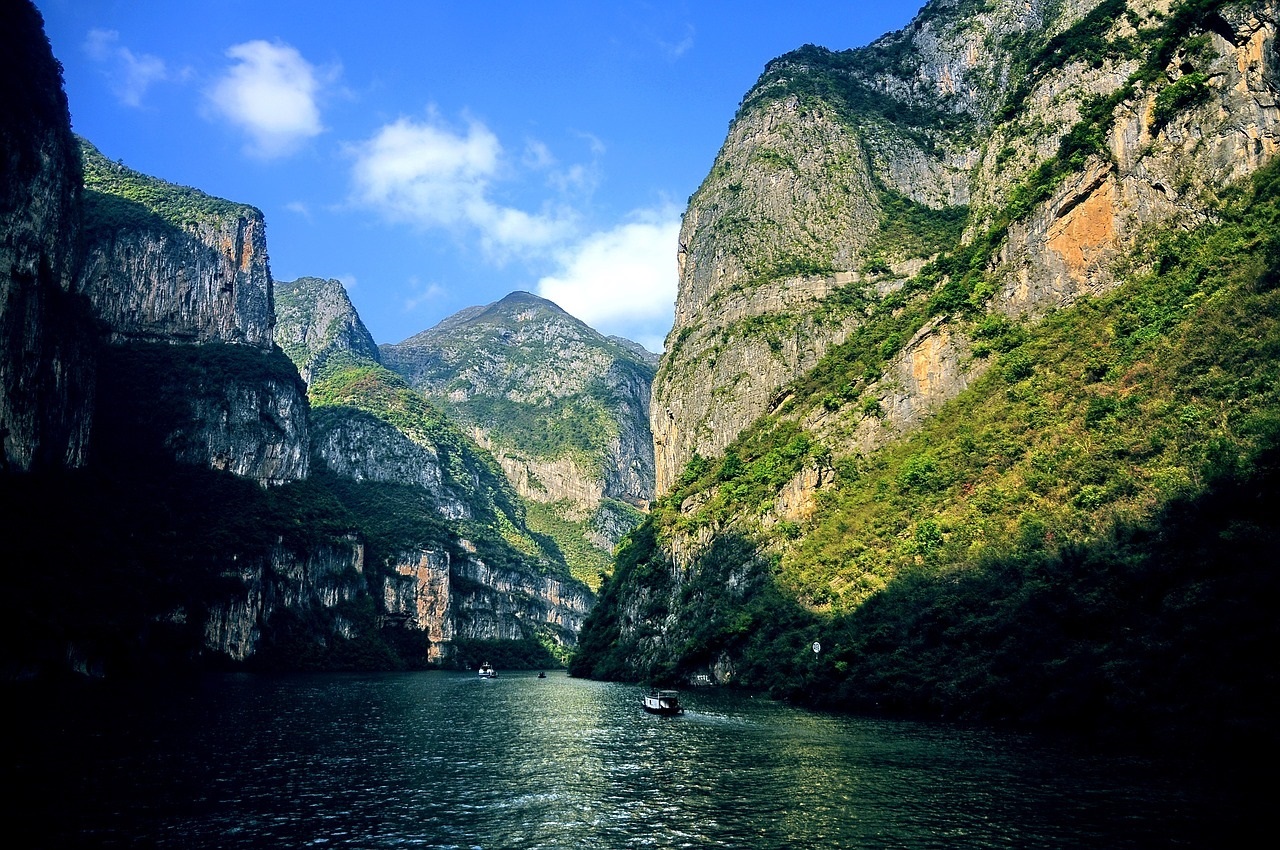4 River Cruises of the Informal Kind
We took our first river cruise on the Nile, just over twenty years ago. Our ship was the kind of opulent floating hotel we’ve come to visualise whenever ‘river cruising’ is mentioned. The most important person on board was the Cruise Director. The Captain, an elderly man in a kaftan and turban, seemed to be of minor importance; he was just introduced briefly at the Welcome Reception, then bustled off to his duties. We never saw him again.
Join the newsletter
Subscribe to get our latest content by email.
Murray River Cruise Experience
Our cruise on the Murray River was more informal and provided a much different experience. Captain Ray Weedon, of the Murray Princess, was highly visible. He told us about his ship, the history and geology of the river it sailed on and the wildlife we would see . . . and we could knock on the door of the wheelhouse and speak to him any time.
As the name suggests, the ship cruises along the Murray, Australia’s longest river, and the world’s fourth largest … or third if you count the Darling River, which joins it at Mildura.
 |
 |
 |
Murray Princess - Photos by Keith Kellett
Murray Princess Paddle Steamer
The Murray Princess is a diesel-engined replica of a Mississipi sternwheel paddle steamer, its maroon and cream colour scheme promising laid-back luxury. The ship lived up to its promise. The season hadn’t quite got into its stride yet, and we were only 18 souls aboard a ship that could carry 120.
This had the advantage that, every other night, we sat at the Captain’s table. And Captain Ray had many a tale to tell. He said there had been some controversy when the Princess was built in 1986.
‘The traditional Murray steamer was a side-wheeler’ he said ‘but we wanted as much beam as possible to accommodate our passengers, but still pass though the locks further up-river’. Not that we would pass through any locks on this cruise.
Murray River Cruise Itinerary
Normally, three cruises are on offer. The 3-night cruise sails north to Walker Flat, then south to Murray Bridge before returning to Mannum.
The 4-night cruise proceeds north to the first lock at Blanchetown before returning.
The 7-night cruise combines the 3- and 4-night cruises. The hiatus between them is taken up with a free tour of the Barossa Valley wineries.
But once in a while, a ‘special’ cruise is on offer, which takes passengers further up the river. That cruise passes through the area known as the Riverlands - an area of fruit farms and wineries. Our cruise didn’t go that far north, but we had a sampling of the produce of those fertile fields.
One night, we had a tasting of food produced within sight of the river. Wine and olive oil, cheese, sausage and, of course, fruit. All were on offer; and at the end of the evening, all that was left were empty plates.
River Severn Cruise Experience
There was an even more informal atmosphere aboard the Edward Elgar, in which I cruised from Gloucester.
 |
 |
 |
Photos by Keith Kellett - Captain Gerry and the Edward Elgar River Boat
England isn’t exactly the first country that comes to mind when talking about river cruising. Its longest river - the Severn - is only about 220 miles long and only navigable by larger vessels as far as Stourport in Worcestershire. But multi-day cruises on it are operated by English Holiday Cruises.
Edward Elgar River Boat
Edward Elgar herself . . . it does sound odd to refer to a vessel with a masculine name as ‘she’ . . . is a rather tubby-looking vessel, and I don’t mean that in a disparaging way at all. The speed limit on the canal is 3 knots, and it’s probably not much more on the river. So graceful, flowing lines aren’t essential; and space and passenger comfort can take a much higher priority.
She’s an 80-tonne vessel with a length of 88 feet, which was purpose-built for cruising on the Severn - the largest inland cruise boat which can provide overnight accommodation in the United Kingdom.
There are three decks. The cabins, each with its own shower, are on the lower deck.
The middle deck is a lounge/dining room, with a cosy bar forward; and the open bow and stern accessible at all times except when mooring.
The top deck is open for just sitting and admiring the scenery as you glide past, or playing deck quoits. Forward of this is the wheelhouse, normally occupied by the Captain, who as well as steering the boat, gives an entertaining commentary on what’s to be seen.
River Severn and Gloucester and Sharpness Canal
As well as cruising the Severn, a cruise along the Gloucester and Sharpness Canal is also available. Since the Severn Estuary is tidal, and therefore not always available to larger shipping, it was by-passed by this canal. Ships would sail into it through the Sharpness Lock to be man-hauled up to Gloucester.
They did, eventually, use draught horses for this task; but only after considerable opposition from the haulage gangs who had to seek work elsewhere.
Since the Gloucester and Sharpness is a ship canal, it’s much wider than the usual English narrow-boat canal; and therefore presents no obstacle to the 18-foot-wide Edward Elgar. Neither are there any locks, except at either end of the canal. There are swing bridges, but these are operated by professional bridge-keepers. Indeed, each bridge has a notice threatening dire penalties for unauthorised people attempting to operate it.
My prize for informality, however, goes to the Nepean Belle, which does day cruises on its namesake river in New South Wales, Australia. After lunch, the Captain went below to give a presentation. Now, I'm sure the helmsman who relieved him at the wheel was perfectly competent and suitably qualified . . . but it was a little unnerving to see he was wearing chef’s whites!
If you enjoyed reading this page, please share it with other people you think would also enjoy reading it. Thank you! :)
 |
Having written for fun while serving in the Royal Air Force, Keith Kellett developed his hobby into a business when he retired. He has published in many print magazines and on the Web. Connect with Keith on Twitter and Pinterest. |
You Might Also Like:
